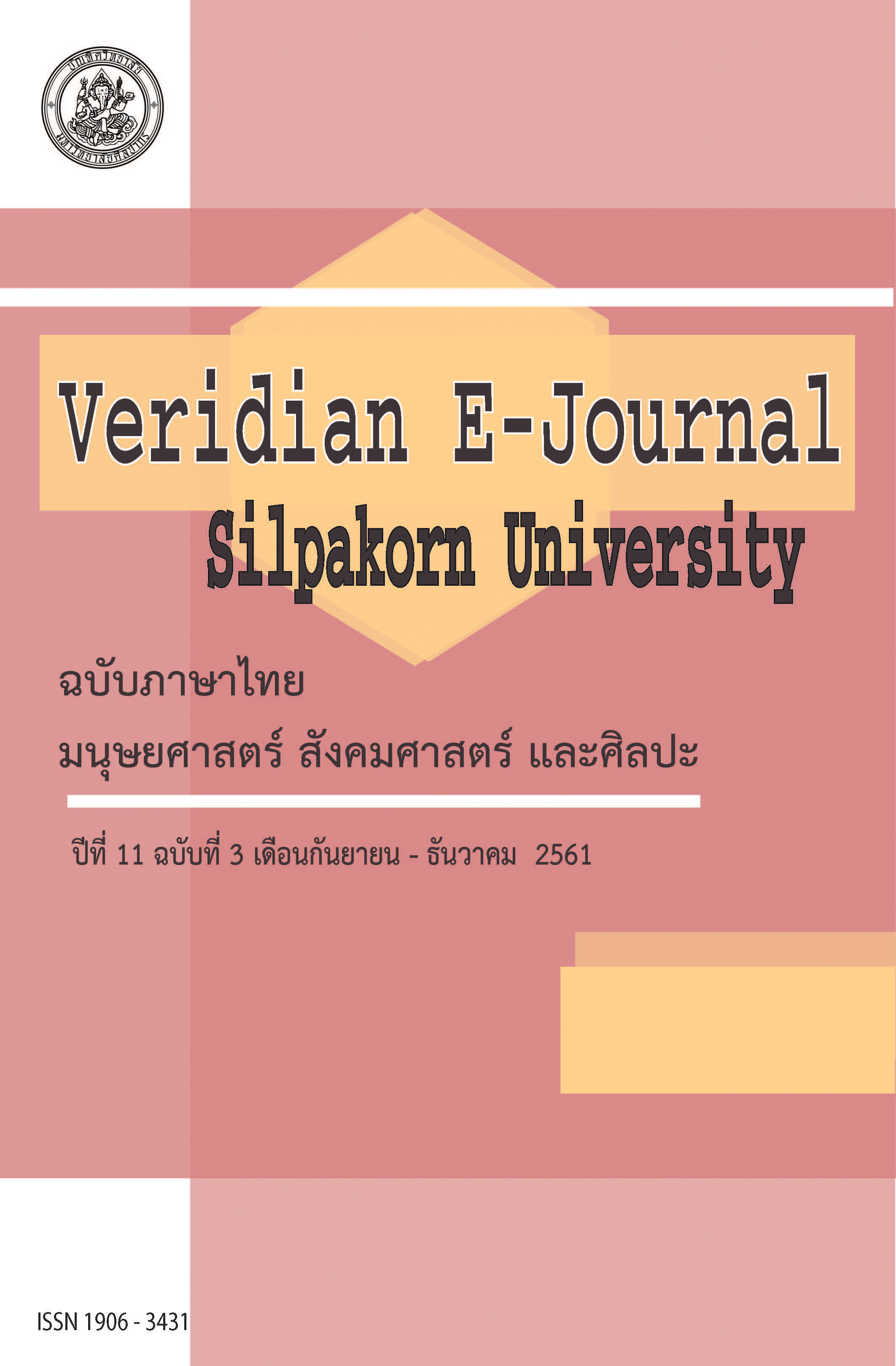การบูรณาการเชิงสร้างสรรค์ภูมิปัญญาท้องถิ่นสู่การจัดการเรียนการสอนในศตวรรษที่ 21 (The Creative Integration of Local Wisdom into Teaching and Learning in the 21st Century)
Main Article Content
Abstract
ภูมิปัญญาท้องถิ่นเป็นมรดกทางวัฒนธรรมที่บรรพบุรุษได้สร้างสรรค์ขึ้นเพื่อใช้ในการแก้ปัญหาการดำรงชีวิต เป็นส่วนหนึ่งของวัฒนธรรมที่มีคุณค่าและสามารถช่วยพัฒนามนุษย์ทั้งทางวัตถุและจิตใจ ด้วยเหตุที่ ภูมิปัญญามีคุณค่ามหาศาลจึงทำให้การศึกษาทั้งในประเทศไทยและต่างประเทศตระหนักถึงความสำคัญและบูรณาการภูมิปัญญามาใช้อย่างสร้างสรรค์ในการจัดการเรียนการสอน วิธีการบูรณาการภูมิปัญญามาใช้ในการจัดการเรียนการสอนทำได้ 3 วิธี คือ 1) นำโรงเรียนออกสู่ภูมิปัญญาท้องถิ่น 2) นำภูมิปัญญาท้องถิ่นบูรณาการเข้าสู่โรงเรียน และ 3) วิธีผสมผสาน ภูมิปัญญาท้องถิ่นสามารถนำมาใช้เป็นสื่อในการจัดการเรียนการสอนและพัฒนาผู้เรียนให้เกิดทักษะที่สำคัญในการดำรงชีวิตในศตวรรษที่ 21 ได้อย่างครบถ้วน คือ มีทักษะพื้นฐาน 1)สามารถอ่านออก 2) เขียนได้ 3)คิดคำนวณได้ และทักษะที่จำเป็น คือ 1) คิดอย่างมีวิจารณญาณแก้ปัญหาได้ 2)คิดสร้างสรรค์เชิงนวัตกรรม 3)เข้าใจความแตกต่างทางวัฒนธรรม 4)ทำงานร่วมกับผู้อื่น 5) ทักษะในการสื่อสาร 6) ทักษะการใช้คอมพิวเตอร์ 7) ทักษะอาชีพและการเรียนรู้ และ 8)มีความเมตตากรุณา มีคุณธรรม และมีระเบียบวินัย
The local wisdom is the combination of knowledge and traditions that the primogenitor created for using to solve daily life problems. Local wisdom is the part of the culture which has high values and can develop both subject and mind of the human being. Because of that many educators in various countries realize about the values of local wisdom, so they integrate the local wisdom to teach at the school. There are 3 ways to integrate the local wisdom to teach at the school, the first way is to take the school to the local wisdom area, the second is to take the local wisdom to school and the last way is to mix the first and the second way together. The local wisdom can use as a medium to teach at the school that can develop the 21st-century skills of students and foundation skills which consists of reading, writing, and arithmetic. It can also develop necessary skills in daily life which consist of 1) Critical thinking and problem solving 2) Creativity and innovation 3) Cross-cultural understanding 4) Collaboration teamwork and leadership 5) Communication and media literacy 6) Computing and IT literacy 7) Career, learning skills, and 8) Compassion.

